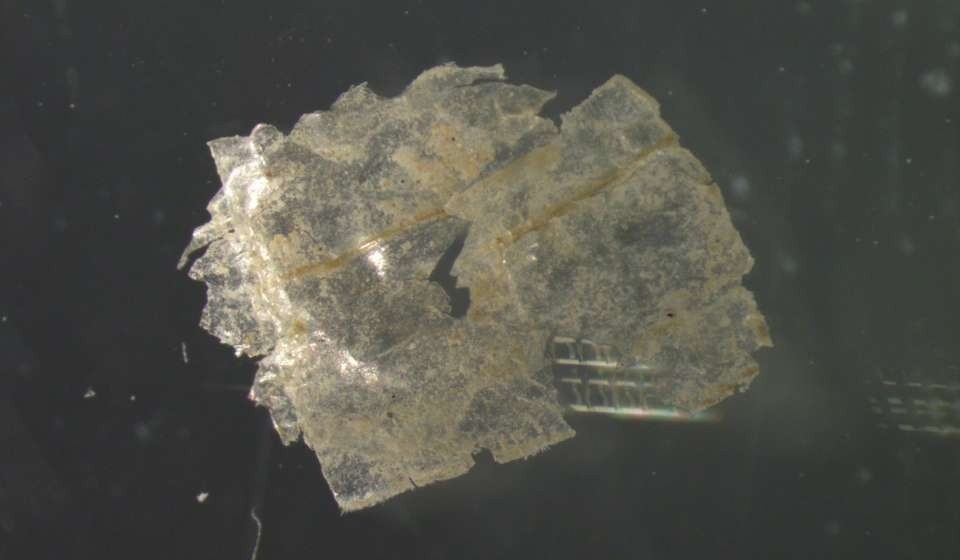High levels of microplastic pollution have been detected by a research team in the Western Pacific Kuril-Kamchatka Trench.

Image Credits: Alfred Wegener Institute
Senckenberg scientists—Serena Abel and Angelika Brandt—along with collaborators from the Alfred Wegener Institute–Helmholtz Centre for Polar and Marine Research (AWI) and Goethe University in Frankfurt, have examined microplastic pollution in the Western Pacific Kuril-Kamchatka Trench.
They discovered between 215 and 1596 microparticles per kilogram in each of a total of 13 sediment samples from depths of up to 9450 m—more than what was detected earlier.
Their study, reported recently in the journal “Science of The Total Environment,” discloses that the deep-sea act as the so-called “oceans’ garbage dump”—and it is unexpectedly dynamic when the deposition is concerned. The high biodiversity present on the deepest ocean floor has been endangered severely through microplastic pollution.
Small plastic particles tend to contaminate almost every ecosystem on Earth. Oceans are specifically affected, and as the newly reported study indicates, marine trenches that are thousands of meters below sea level are the “final resting place” for an alarmingly huge amount of the smallest plastic particles.
Scientists from Goethe University and the AWI estimated sediment samples from the bottom of the Kuril-Kamchatka Trench in the Western Pacific that were gathered in 2016 at the time of a deep-sea expedition with a research vessel called “Sonne.”
We took a total of 13 samples at seven different stations along the trench, from depths ranging between 5740 and 9450 meters. Not a single site was free of microplastics. Per kilogram of sediment, we detected between 215 and 1596 microplastic particles – no one would have expected such a large number prior to this.
Serena Abel, Marine Biologist, Senckenberg Research Institute
By utilizing the micro-FTIR technique, a unique variant of a spectrometer, the scientists had the potential to detect even the tiniest microplastic particles.
Each year, an estimated 2.4 to 4 million tons of plastic enter the oceans via rivers as a result of excessive global plastic consumption and poorly organized waste disposal. A significant portion of these particles sinks to the ocean floor and accumulates in the sediment, while others are carried by currents to the deepest regions, where they are eventually deposited. This turns the deep sea into the ‘final waste repository.’
Dr Angelika Brandt, Professor and Head, Department of Marine Zoology, Senckenberg Research Institute
The scientists discovered a total of 14 various types of plastic in the samples gathered from the Kuril-Kamchatka Trench. Amongst the most general substances were polypropylene, one of the standard plastics utilized for packaging throughout the world, as well as polyurethane and acrylates, which are utilized for paints.
The research group was astonished by the huge variations that occured between the separate samples.
Until now, the deepest ocean floor was considered a comparatively unaffected and stable environment where microplastics were deposited and remained in one place. Thus, we were all the more surprised to find that even samples taken only a few meters apart showed very a different composition.
Serena Abel, Marine Biologist, Senckenberg Research Institute
Abel added, “This demonstrates just what a dynamic environment the deepest areas of the deep sea really are. The sediment is kept in motion not only by special currents and eddies, but also by the organisms native to the area.”
As a matter of fact, biodiversity at the bottom of the Kuril-Kamchatka Trench is greater compared to the shallower areas of that trench.
Brandt stated, “It is precisely this high biodiversity in the deep sea that is now under particular threat due to the heavy microplastic pollution!”
This adds to the concern of scientists regarding the constant increase of plastic pollution in the oceans.